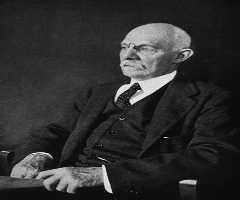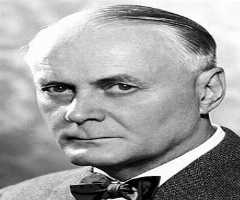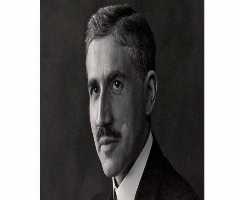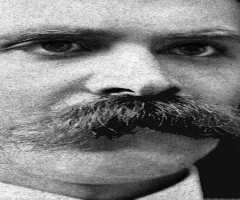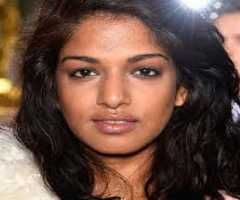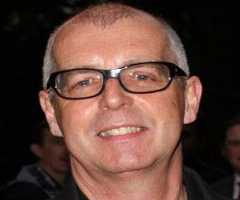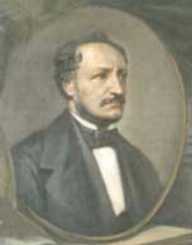
Johannes Peter Müller Biography, Life, Interesting Facts
Childhood And Early Life
Johannes Peter Müller was born on the 14 July 1801. His family was traditional winegrowers, and they lived a comfortable lifestyle. His father later became a shoemaker and was encouraging his son to become a saddler when he was persuaded to allow the boy to enroll at Bonn University.
Education
Müller studied medicine at Bonn University, graduating with a medical degree in 1822. His doctorate was on animal movement, with particular emphasis on insects. He became interested in Naturphilosophie (a belief in the interconnectedness of nature; as an eternal and unchanging law). Müller studied under Berlin anatomist Karl Asmund Rudolphi (1771-1832) Rudolphi presented him with a Fraunhofer microscope by Rudolphi and Müller used this to carry out a wide range of studies. He passed the Prussian state medical exam and became a microscopist.
University Of Bonn (1824-1833)
Early Career
In 1824, Müller presented his scientific strategy in a lecture entitled: On the Need of Physiology for a Philosophical Contemplation of Nature. His theory raised controversy as it opposed theorizing and empiricism, instead asking that science be based on close observation, looking for patterns and systems
Müller’s work centered on visual, endocrine, circulatory and reproductive systems. In 1826 the produced On the Comparative Physiology of Vision in Men and Animals where he outlined the workings of human binocular vision alongside information on the eyes of insects. This work won wide acclaim and brought him to international attention. By this stage, Müller was researching various branches of medicine including anatomy, embryology, pathology and physiology
Müller taught medicine at the University of Bonn (1824-1833). During this time he discovered Müller’s Duct. He did a study on the genital glands in embryos, and Müller was also working on a theory relating to color vision to do with nerves in various animals. In 1931, he confirmed the law Of Charles Bell and Francois Magendie, which distinguished between sensory and motor nerves.
Müller’s father died when he was still studying at Bonn University. An academic Philipp Jakob Rehfues saw the young man’s potential and became his mentor and benefactor.
University Of Berlin: Museum Of Comparative Anatomy (1833-1858)
Müller left the University of Bonn in 1933. He joined the Museum of Comparative Anatomy at the University of Berlin as Professor of Anatomy and Physiology. The same year he published the Manual of Human Physiology. The book became a standard text, and his school became famous, attracting some of the best and brightest students.
While at Berlin University he started doing comparative anatomy, pathology and continued his research into the physiological aspects of nerves. Müller also studied tumors under the microscope and published his conclusions in 1838. In 1834 he had founded the journal, Müller's Archiv. Müller completed the Handbuch in 1840. After the completion of the Handbuch, he concentrated on comparative zoology and anatomy. He also published on paleontology.
Major Achievements
Johannes Peter Müller was employed as a lecturer (1824), promoted to Professor Extraordinarius (1826) and then Professor Ordinarius (1830). He conducted extensive research into the nervous system, anatomy, and pathology. He was rector at Berlin University (1838-1839) and (1847-1848).
Personal Life
Müller married Nanny Zeiller in 1827. The couple had two children, a son, and a daughter.
Diseases And Disabilities
Johannes Peter Müller suffered from chronic depression and anxiety and had his first nervous breakdown in 1827. He had a recurrence in 1840. In 1848, Müller had the more serious analysis and left Berlin, returning in 1849. Shortly before his death in 1858 Müller was feeling highly anxious, and when he was found dead at home, it was believed by close associates that he had taken his own life.
More Physiologists
-
![Sir John Carew Eccles]()
Sir John Carew Eccles
-
![Charles Scott Sherrington]()
Charles Scott Sherrington
-
![Ragnar Granit]()
Ragnar Granit
-
![Johannes Purkinje]()
Johannes Purkinje
-
![Roger Guillemin]()
Roger Guillemin
-
![Archibald Hill]()
Archibald Hill

